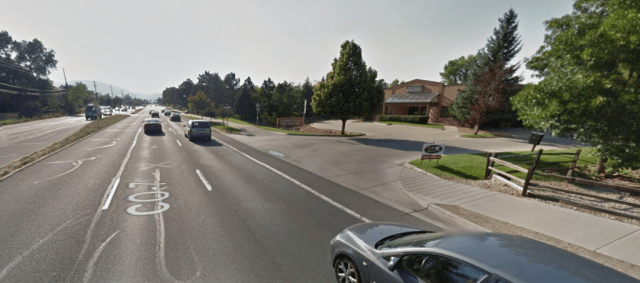Boulder has a housing problem. If you own your home, and everyone you’re close to here owns their homes, it can seem like Someone Else’s Problem. Or maybe an abstract problem to be solved in your spare time. Or maybe it’s not even a problem — just an unfortunate reality. When you rent, and are surrounded by other renters, it can feel like everyone is just waiting and wondering if they’re about to be sent into economic exile by the next rent increase or employment gap.
A couple of years ago I was at dinner with a group of younger professional types. The topic of housing came up. Those who’d bought condos were giddy — their “investment” was growing by double digits each year! Those renting were despondent. They felt like they’d missed their chance to stay here and be part of the community. It was an uncomfortable microcosm of Boulder’s housing wealth divide, playing out over years instead of decades. We quickly moved on to less divisive topics, but the divisions remained.
There are tens of thousands members of our community who don’t live here. Many would like to, but instead they drive into the city every day. We should invite them to spend the night. People working here should have the option of living here. We can do it without building on Open Space, and without building anything more than 55 — or even 38 — feet tall. If we want to, we can make most of the new housing owner occupied and permanently affordable to middle income folks, and we can do it without a mountain of public money.
However, we can’t do it without changing the city.
We can’t create affordability on a grand scale by moving money from one group of people to another. As He Who Shall Not Be Named has often informed Council: $100,000 per home to make 10,000 affordable homes is a billion dollars, or $10,000 per resident of the city! No linkage fee or tax or city bond can raise that kind of cash. It’s taken Open Space 50 years to spend its first billion.
But we can create massive amounts of durable affordability by allowing people to live modestly and share. Instead of a 5000 square foot monster home, we could allow five 1000 square foot apartments. Instead of a 3 people in a million dollar house on a $500,000 lot, we could have 12 people in five $200,000 flats, with each household paying another $100,000 for land. These numbers are rough, but some version of this strategy can make as much middle income housing as we care to have. And unlike an ADU, this density bonus is big enough that permanent affordability can be required, and still have building more housing be the most profitable option. If we did this on 10,000 single family lots, we could house 50,000 commuting households and put half of the city’s housing outside of the speculative market forever. Low income housing would still need financial support, but this strategy drastically reduces the funding required per home. It also preserves scarce public funds for helping those who actually need it.
We could do this, and we’d be much better stewards of the environment. Instead of long commutes to big houses, many folks might not drive at all, and would live in small homes built to Boulder’s stringent energy efficiency standards. City tax revenues would increase. Mass transit could be convenient and affordable. People who are already part of our community could be part of our civic life. Immigrants might actually feel welcome here. Most people wouldn’t have to worry about being priced out. A Boulder of 250,000 would still be an exclusive enclave — as any desirable place with a population cap must be — but we could choose something other than wealth as the criteria for inclusion.
This wouldn’t be a concrete jungle — it’s the same big houses we’re getting now, on the same big lots, on the same tree-lined streets. But instead of sheltering isolated millionaires, they’d be filled with people who want to share the city. Who would you prefer scraped your house?
We could do this, but we probably won’t. As the capital creeps in and sterilizes this place completely, remember that it was a choice. Remember that we chose to preserve our zoning rather than our community.
Zane Selvans wanders the Earth by bicycle with a laptop, liberating climate and energy data.



